- Product
- Solution for
For Your Industry
- Plans & Pricing
- Company
- Resources
For Your Industry
Imagine walking into a store and finding various versions of the same product at different price points. You might see a budget option at $9.99, a mid-range model at $19.99, and a premium version at $29.99. This setup is an example of a pricing ladder, a strategy used to segment customer types, maximize revenue, and capture additional market share.
Pricing ladders help attract diverse customer segments, from budget-conscious shoppers to those seeking premium options. By using a thoughtfully designed pricing ladder, retailers can position themselves competitively, encourage upselling, and ultimately maximize profits. Let’s explore how pricing ladders work and how to implement them effectively.
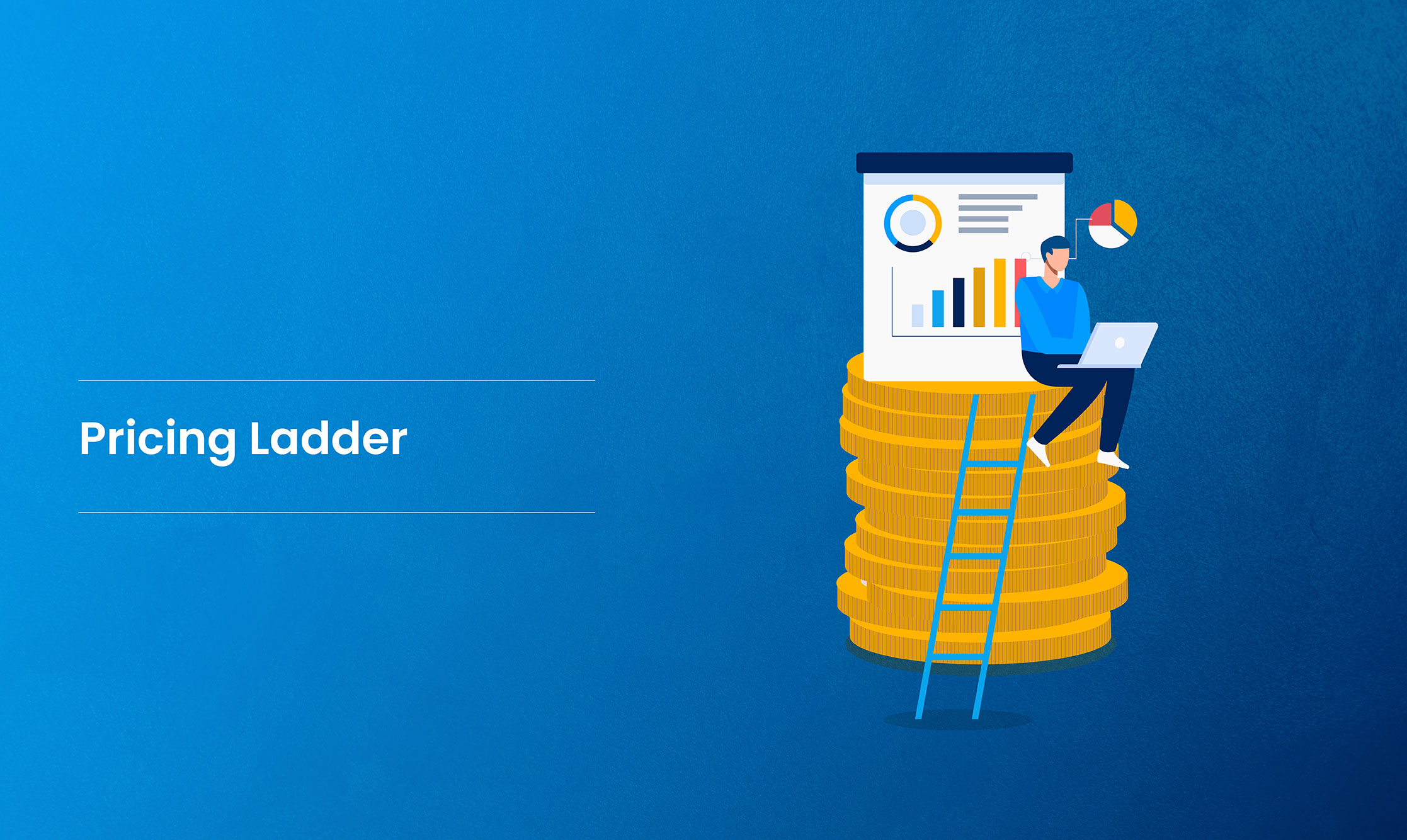
A pricing ladder, or “good-better-best” strategy, provides customers with a series of options for the same product, each at a different price and feature level. This structured assortment allows consumers to choose based on their budget, needs, and preferences.
For example, a hotel might offer three room types: a “good” standard room at $149 per night, a “better” deluxe room at $249, and a “best” suite at $399 with premium amenities. This setup enables the hotel to appeal to a broad customer base while allowing those willing to pay more to access greater value.
Pricing Ladders Example: A common retail example is smartphones. Companies often offer basic models at entry-level prices, mid-tier options with enhanced features, and high-end versions with the latest technology. This strategy lets consumers self-select their price point based on their needs and willingness to pay.
Retailers increasingly recognize the value of pricing ladders, particularly as the retail e-commerce market is projected to grow from $5.8 trillion in 2023 to over $8 trillion by 2027. With more customers shopping online, competition is intensifying, and businesses need strategic pricing to stand out. Pricing ladders offer five primary benefits:
Pricing ladders allow customers to compare options, enabling them to see how spending more yields additional benefits. For example, a premium coffee maker might include faster brewing, a larger water reservoir, and additional accessories. When customers understand the differences between tiers, they’re more likely to see value in higher-priced options, boosting average transaction sizes.
Offering a single product at a fixed price limits the potential for incremental revenue. A pricing ladder, however, creates opportunities to sell more to customers who would have otherwise spent less. Mid-tier and premium options often drive up the average purchase value as customers gravitate toward options that offer the best perceived value.
Pricing ladders support natural upselling by presenting customers with a range of options. When given a choice, many customers select a mid-tier or premium version even if they initially considered the entry-level model. This behavior results in higher transaction values and more profitable sales.
Pricing ladders also help businesses position themselves within a competitive market. By offering a “best” option, brands establish themselves as premium providers. While competitors may focus on budget options, a brand with a comprehensive ladder strategy can attract both price-sensitive and premium-oriented customers.
Each tier in a pricing ladder attracts different customer segments based on income, spending motivations, and brand loyalty. By designing ladder tiers that appeal to various segments, companies can attract a wide customer base—from budget-conscious buyers to luxury-oriented shoppers.
Executing an effective pricing ladder strategy involves understanding your customers, designing meaningful price gaps, and aligning each tier with real customer value. Here are five tips to ensure a flawless implementation:
Start by developing detailed customer personas based on income, spending habits, preferences, and motivations. By understanding customer pain points and priorities, you can better match each ladder tier to their needs. For example, high-income customers may be willing to pay more for premium materials or exclusivity, while budget-conscious shoppers look for basic functionality at an affordable price.
Each tier should represent distinct value to the customer. Identify features that are most valued in your product category, such as durability, advanced functionality, or convenience. For example, a power tool company might create tiers around performance metrics, battery life, and accessories. By highlighting what makes each version unique, you give customers clear reasons to move up the ladder.
Price differences between tiers should be substantial enough to encourage customers to consider higher options without being prohibitively expensive. A general guideline is to create around a 40% difference between each tier, though this will vary by product category and industry. A significant price gap reinforces the perceived upgrade in quality and features.
Marketing content should reinforce the value of each tier, highlighting features and benefits that matter most to your customers. For instance, a mid-tier gym membership might emphasize premium equipment access, while the top-tier package highlights exclusive classes and one-on-one coaching. Through strategic content, you can influence customers’ perceptions of value and help them justify spending more.
Pricing ladders can benefit from behavioral economics techniques, such as anchoring and decoy pricing. For example, offering a high-priced “decoy” product can make the mid-tier option seem more attractive. Additionally, “charm pricing” (e.g., $199 instead of $200) can subtly influence customer choices. These small tactics can help drive customers toward higher-priced products, further increasing revenue.
While the principles behind pricing ladders are straightforward, managing and optimizing these strategies can become complex, especially for businesses with extensive product catalogs. This is where pricing software can be invaluable, automating and refining pricing strategies to ensure maximum effectiveness.
Pricing software like tgndata analyzes competitor prices, seasonal trends, and other variables to provide real-time pricing insights. This capability lets retailers adjust pricing to market dynamics, ensuring that each ladder tier is competitively positioned and relevant to current customer preferences.
Many businesses operate across multiple sales channels, from physical stores to e-commerce platforms. Pricing software ensures consistent, optimized pricing across channels, avoiding price disparities that could confuse or alienate customers. By maintaining coherent pricing structures, companies reinforce brand trust and prevent the risk of customers opting for competitor products.
Advanced pricing solutions enable real-time competitor price monitoring, allowing businesses to stay competitive. This feature is particularly valuable for fast-moving consumer goods and technology markets, where prices change frequently. Automated tools ensure that your pricing ladder adapts to shifts in the competitive landscape, maximizing revenue opportunities.
Pricing software simplifies ladder management, even for large product ranges. Retailers can experiment with different ladder structures and track how each version performs in the market, ensuring the most effective strategy remains in place. By automating these tasks, pricing software reduces the risk of human error and helps streamline operations.
Although pricing ladders are a powerful strategy for driving revenue, they require careful planning, monitoring, and optimization. Successful implementation involves continuously assessing how each tier performs, adjusting price gaps as needed, and ensuring that each tier continues to meet customer expectations. Companies willing to invest time in perfecting their ladder strategy will reap the rewards in the form of increased revenue, stronger brand loyalty, and a more diverse customer base.
For example, if data shows that customers gravitate towards mid-tier products, it might be beneficial to test variations in mid-tier offerings to drive higher engagement. These small, strategic adjustments can have a significant impact on profit margins over time.
A well-designed pricing ladder provides a simple yet effective way to maximize revenue, meet diverse customer needs, and position your brand strategically. While it may require some trial and error, a carefully crafted pricing ladder can help customers make the leap to higher-priced options without the need for aggressive sales tactics.
For businesses looking to gain a competitive edge, now is the time to integrate pricing ladders into your strategy. By offering a range of options that align with customer values and preferences, you can establish a loyal customer base and drive higher sales. Embrace pricing ladders, invest in the right tools, and continually refine your strategy to make the most of this powerful revenue-boosting approach.
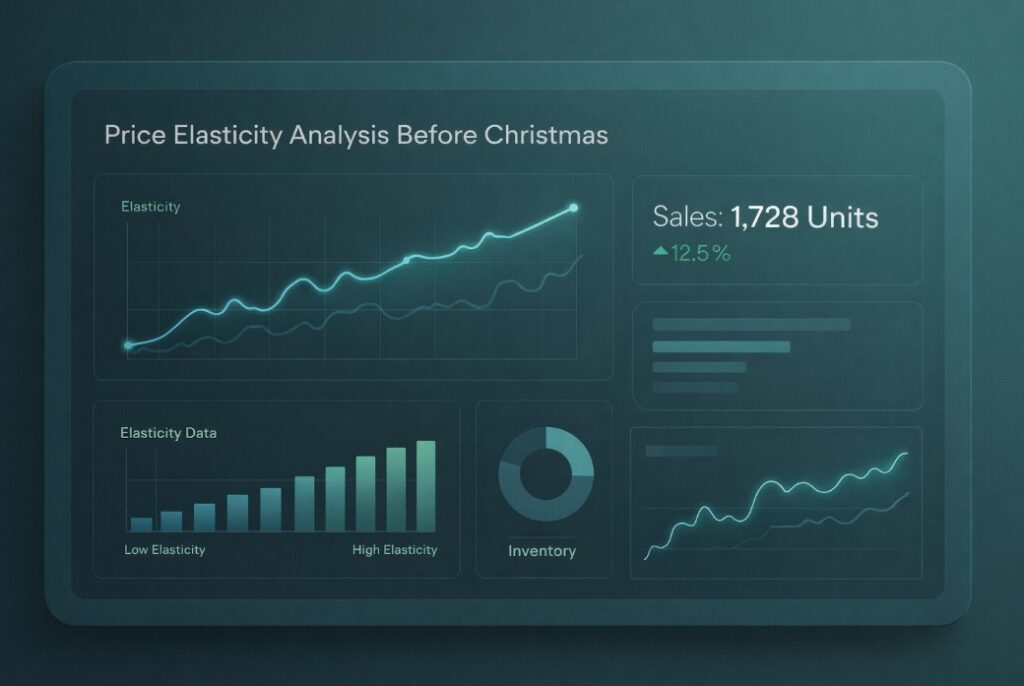
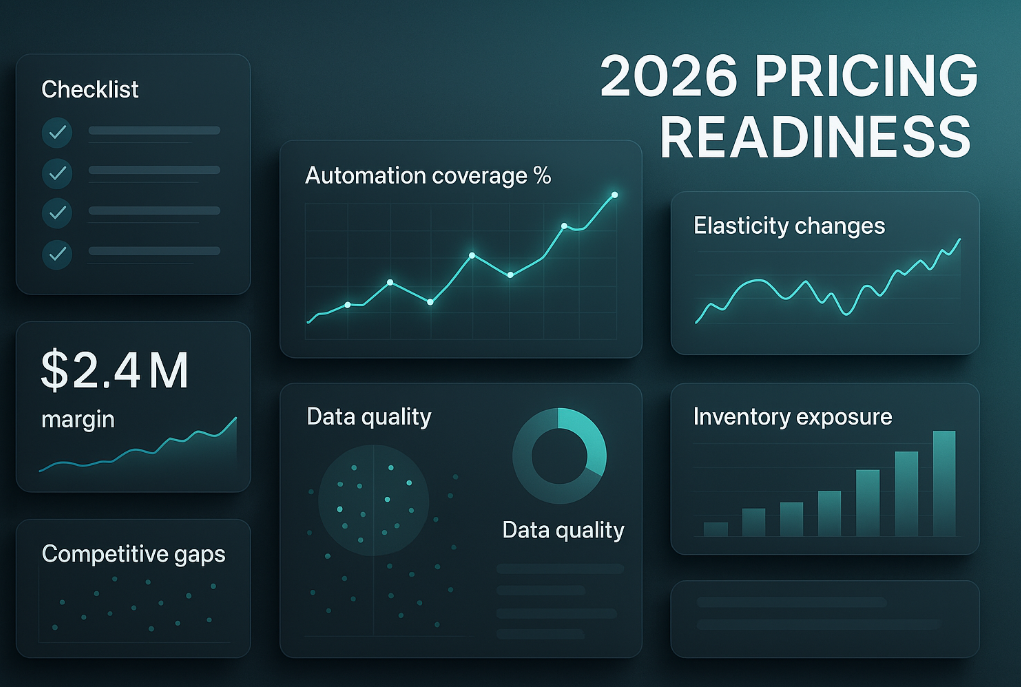

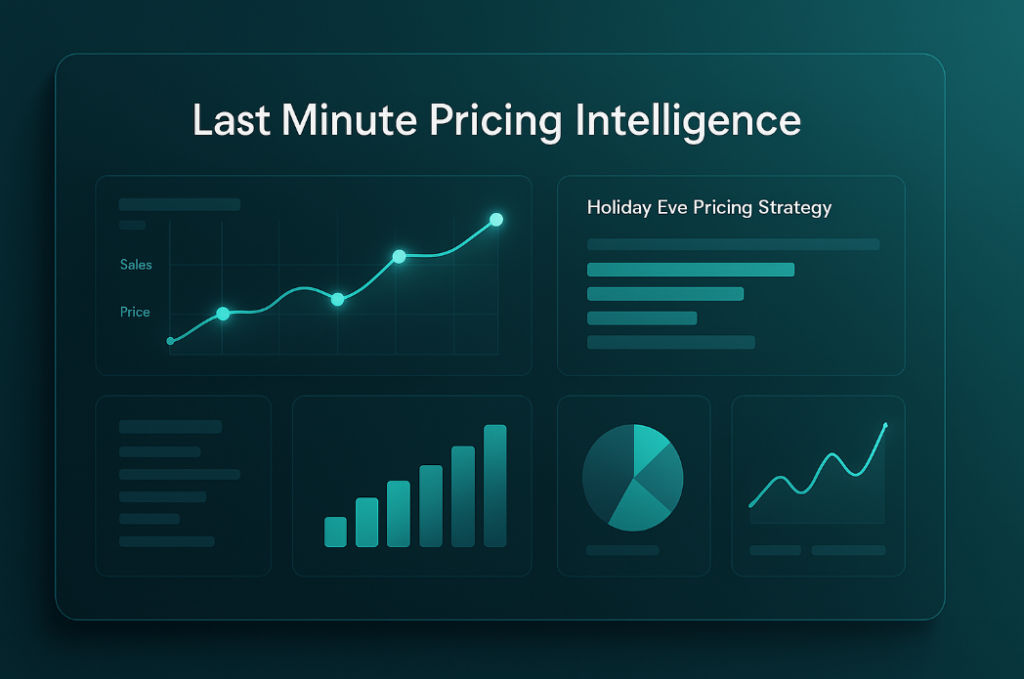

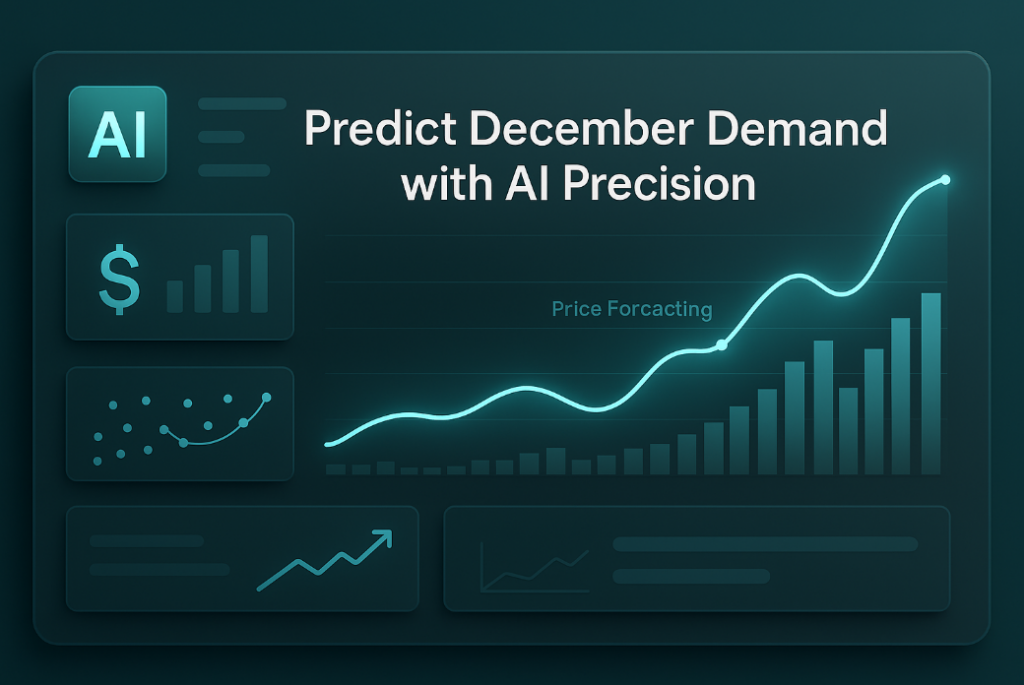
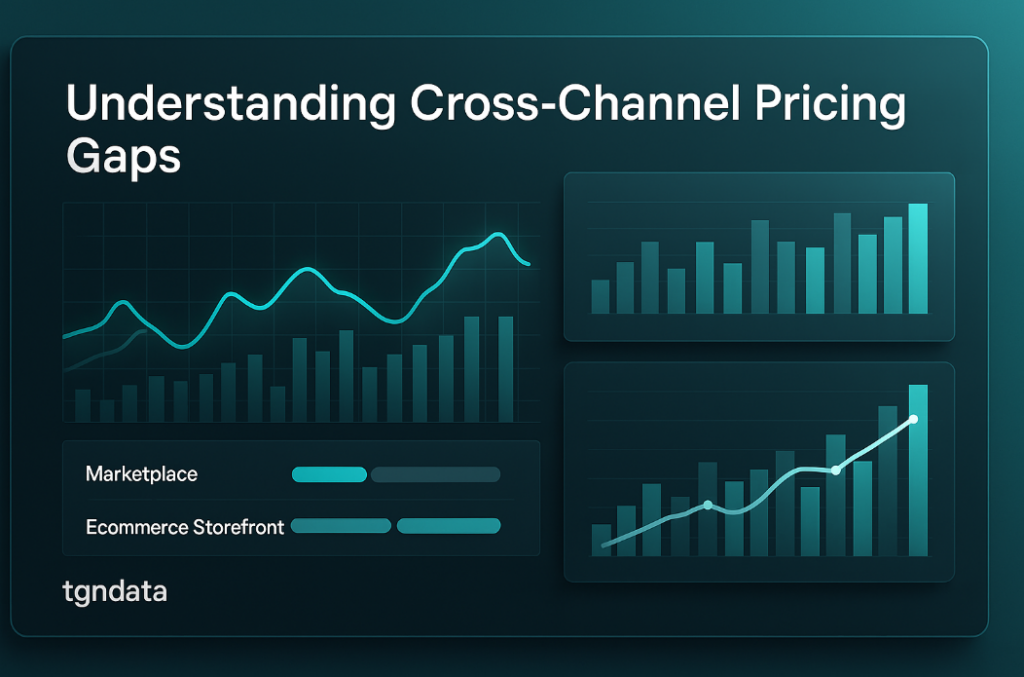






Missing an important marketplace?
Send us your request to add it!